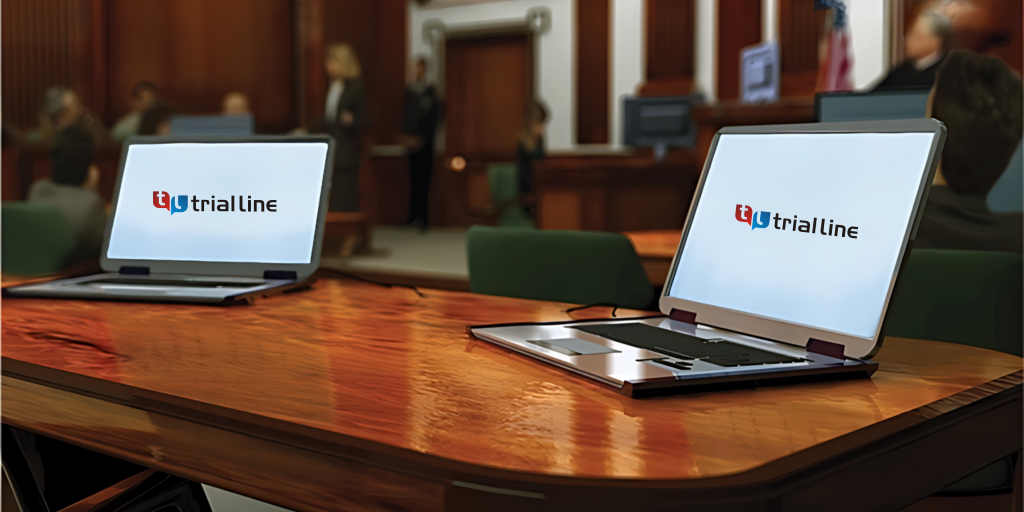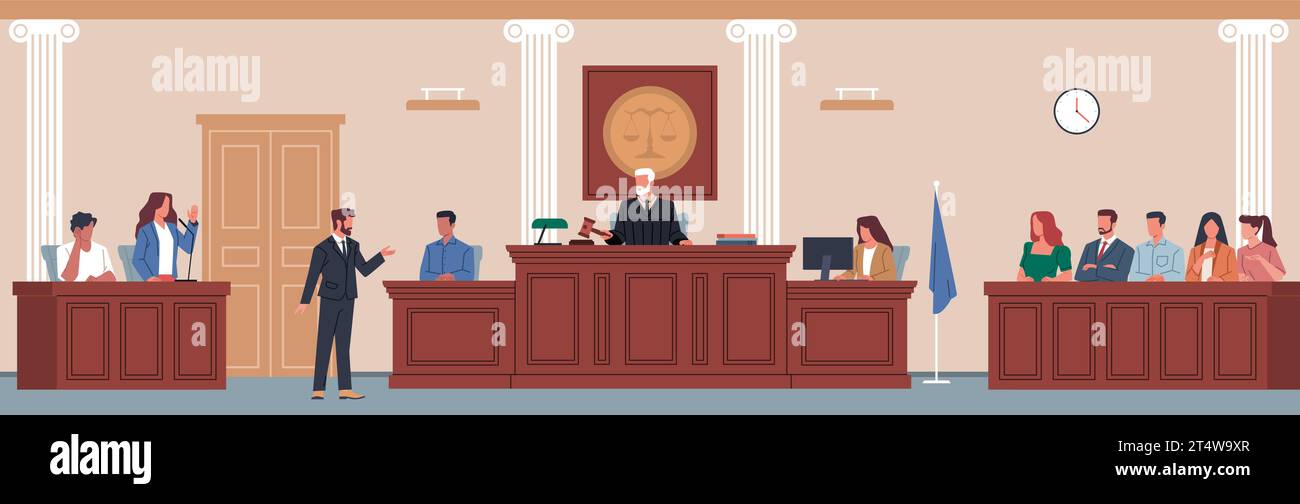How Trial Presentations Enhance Your Debate and Encourage Jurors
Test discussions serve as a pivotal system for enhancing legal debates and convincing jurors. By incorporating visual help, narrative structures, and emotional involvement, attorneys can produce an engaging instance that reverberates on multiple degrees. The calculated use visuals not just clears up complex information yet additionally captures jurors' attention better than words alone. Nevertheless, the art of narration plays a just as critical function in transforming accurate evidence right into an engaging narrative, shaping jurors' perceptions - trial presentations. Comprehending these elements can dramatically affect test end results, increasing the inquiry of exactly how each component adds to this complex dynamic.

Value of Visual Aids
Aesthetic help play an important duty in improving the efficiency of trial presentations, as they can significantly enhance audience involvement and retention of information. In the context of a trial, where jurors are entrusted with processing complex details, visual aids serve to simplify and clarify bottom lines. Charts, graphs, and photos can communicate information and principles that might or else overwhelm or puzzle jurors, permitting a more uncomplicated understanding of the evidence provided.
Moreover, visual aids aid in keeping juror attention throughout the proceedings. By breaking the dullness of spoken testimony, these devices can punctuate essential disagreements, making them much more memorable. Efficient aesthetic help can likewise evoke psychological feedbacks, which can be essential in convincing jurors to align with the presenter's story.

Crafting Engaging Narratives
A compelling narrative is necessary in test presentations, as it offers as the backbone of efficient persuasion. It enables lawyers to weave with each other realities, proof, and psychological elements right into a coherent story that resonates with jurors. This narrative structure enables jurors to recognize the intricacies of the case while assisting them via the attorney's argument.
To craft an engaging story, lawyers need to concentrate on clarity and comprehensibility. This entails developing a clear lead character-- typically the customer-- and detailing their trip with the events concerned. Offering the truths in a rational sequence enhances comprehension and keeps engagement. In addition, the usage of dazzling summaries can create psychological photos that assist jurors envision the occasions, making the story more memorable.
Furthermore, integrating crucial themes throughout the discussion reinforces the core message and help in retention - trial presentations. The story needs to not only convey info however additionally evoke a sense of justice, highlighting the risks entailed. Eventually, a well-constructed story fosters a connection in between the jurors and the situation, positioning the attorney's argument as both qualified and engaging, thereby enhancing the likelihood of a favorable decision

Involving the Court Mentally
Reliable court involvement depends upon the lawyer's capability to get in touch with jurors on an emotional level. This connection can considerably affect jurors' perceptions and their best decision-making. Utilizing sob stories enables lawyers to humanize the case, transforming abstract legal concepts right into relatable experiences. By offering real-life tales or testimonials, attorneys can stimulate empathy and empathy, promoting a deeper read more understanding of the issues at risk.
Visual aids, such as photos or video clips, can even more enhance psychological engagement, giving jurors with Discover More brilliant depictions of the case's human components. Crafting a narrative that highlights the struggles and triumphs of the people included makes certain that jurors see beyond the lawful arguments and acknowledge the human consequences of their choices.
A lawyer's enthusiastic distribution can reverberate with jurors, strengthening their emotional investment in the instance. It's crucial to balance psychological allures with valid evidence, guaranteeing that jurors really feel forced to act while continuing to be grounded in the truth.
Structuring Your Presentation

The body of the presentation need to be logically segmented right into bottom lines, each supported by compelling proof. It is beneficial to utilize narration strategies to weave facts right into a story that jurors can quickly follow. Aesthetic help, such as charts and video clips, can improve understanding and involvement, aiding to highlight crucial pieces of proof.
Real-World Study
Examining real-world case research studies gives vital insights into the art of trial presentations and persuasion. The protection group effectively used a technique that incorporated top-level professional testaments with multimedia presentations, which captivated jurors and ultimately influenced their decision.
Another noteworthy example is the "McDonald's Coffee Instance," Visit Your URL where the plaintiff's attorneys utilized graphic pictures of the injuries suffered by Stella Liebeck. trial presentations. This raw aesthetic evidence played a critical duty in communicating the seriousness of her burns, resulting in a substantial court honor. Such instances show that impactful trial discussions frequently rest on the efficient combination of visuals and storytelling to evoke emotional actions from jurors
Furthermore, the "Casey Anthony Trial" highlighted the importance of narrative comprehensibility and trustworthiness. The prosecution's failing to develop a compelling timeline reduced their persuasive power, emphasizing the requirement of a well-structured discussion. Evaluating these situations reveals that effective test presentations call for calculated planning, emotional involvement, and the capacity to reverberate with jurors' worths and ideas.
Final Thought
Test presentations significantly improve arguments and persuade jurors via the calculated use visual help, engaging stories, and psychological interaction. By streamlining intricate info and cultivating connections with the audience, these aspects create a remarkable and impactful experience. A well-structured presentation balances sob stories with accurate evidence, eventually resonating with jurors' worths. The integration of these strategies not only influences decision-making yet likewise emphasizes the significance of reliable interaction in the court.